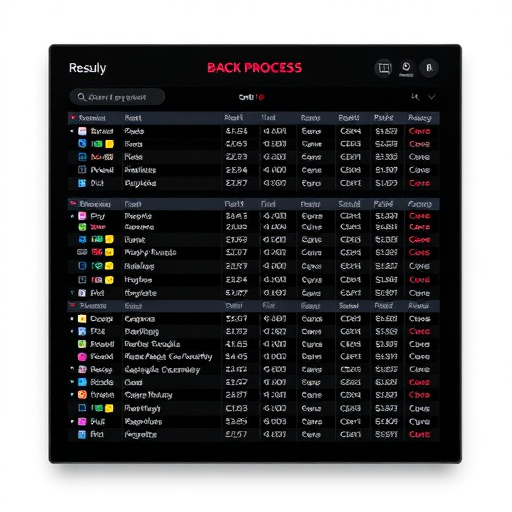The California Air Resources Board (CARB) sets strict emissions standards for vehicles, impacting automotive components like intake systems. Legal cold air intake (CAI) systems are designed to meet these regulations, ensuring they don't increase emissions or hinder performance. By focusing on minimizing particulate matter and nitrogen oxides, CARB's guidelines prompt manufacturers to optimize airflow, use appropriate materials, and employ effective filtration techniques. Consequently, legal CAIs offer enhanced engine performance while mitigating environmental impact, catering to consumers seeking eco-friendly upgrades without sacrificing power.
In recent years, automotive enthusiasts have been increasingly seeking performance upgrades, with cold air intakes (CAIs) being a popular choice. However, navigating the regulatory landscape is essential for ensuring compliance. The California Air Resources Board (CARB) plays a pivotal role in setting emissions standards, directly impacting CAI design and approval processes. This article delves into understanding CARB’s regulations, defining legal cold air intake systems, and exploring key considerations for designers aiming to bring these systems to market while adhering to stringent environmental standards.
- Understanding CARB Emissions Standards and Their Impact on Intake Systems
- What Constitutes a Legal Cold Air Intake System?
- Designing Intakes to Meet CARB Approval: Key Considerations and Best Practices
Understanding CARB Emissions Standards and Their Impact on Intake Systems

The California Air Resources Board (CARB) sets stringent emissions standards for vehicles, aiming to reduce harmful pollutants and promote cleaner air. These regulations significantly impact automotive components, particularly intake systems. Legal cold air intake (CAI) systems are designed with CARB emissions standards in mind, ensuring they do not contribute to increased emissions or compromise the vehicle’s overall performance.
CARB’s guidelines focus on minimizing particulate matter, nitrogen oxides, and other toxic gases. To comply, CAI manufacturers must carefully consider airflow optimization, material selection, and filtration techniques. By adhering to these standards, legal cold air intake systems offer both improved engine performance and reduced environmental impact, catering to consumers seeking eco-friendly upgrades without compromising power.
What Constitutes a Legal Cold Air Intake System?

A legal cold air intake system is one that adheres to strict regulatory standards set by the California Air Resources Board (CARB) to ensure it does not contribute to increased emissions or negatively impact air quality. These systems are designed to draw in cooler, cleaner air from outside the engine compartment, enhancing combustion efficiency and reducing harmful pollutants. By promoting a more efficient burning process, legal cold air intake systems can potentially improve fuel economy and lower greenhouse gas emissions.
The term ‘legal’ is crucial here as it distinguishes these intakes from unauthorized or unapproved modifications that could lead to illegal emissions levels. CARB-approved designs undergo rigorous testing to verify their effectiveness and safety, ensuring they do not compromise the overall performance of the vehicle’s emission control system. This regulatory framework encourages the development and adoption of high-performance, environmentally responsible cold air intake systems.
Designing Intakes to Meet CARB Approval: Key Considerations and Best Practices

Designing Intakes to Meet CARB Approval: Key Considerations and Best Practices
When developing legal cold air intake systems, ensuring compliance with California Air Resources Board (CARB) regulations is paramount. CARB sets stringent emission standards for vehicles, particularly focusing on legal cold air intake systems that enhance engine performance. One critical aspect is understanding the impact of the intake design on airflow dynamics and emissions output. Engineers must consider the optimal placement of intakes to maximize efficient air ingestion while minimizing the potential for increased emissions or turbulence.
Best practices involve employing advanced computational fluid dynamics (CFD) simulations to predict and optimize air flow patterns. This technology allows designers to refine intake geometries, ensuring a seamless integration with the engine’s breathing system. Additionally, using high-quality materials that withstand extreme conditions and prevent contaminant buildup is essential. Regular testing against CARB’s emission standards throughout the design process guarantees that the final product not only meets but exceeds legal requirements, promoting both environmental compliance and superior vehicle performance.
CARB-approved intake designs are crucial for ensuring legal cold air intake systems meet stringent emissions standards. By understanding these regulations, designers can create efficient and compliant intakes that optimize engine performance while minimizing environmental impact. Adhering to key considerations and best practices guarantees compliance, enabling automakers to deliver high-quality products that contribute to a cleaner, more sustainable future.














